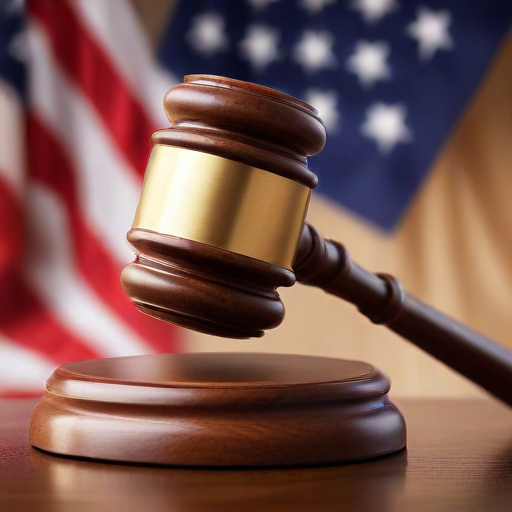In the aftermath of President-elect Donald Trump’s election victory, initial reports suggested that his transition process was more organized than in 2016. However, a series of eyebrow-raising Cabinet selections—such as Fox News host Pete Hegseth as defense secretary, former Rep. Tulsi Gabbard as director of national intelligence, and controversial Rep. Matt Gaetz as attorney general—quickly contradicted that impression.
These appointments, which were influenced by Trump’s desire for candidates who embody the “Make America Great Again” ethos rather than conventional Republicanism, underscored a priority for loyalty above all else. Allies noted that the shock value of these selections was intentional, aiming to challenge the status quo in Washington.
Trump’s transition team, which consists of nearly 100 members, has been working methodically on policy and personnel selections this time around. Unlike previous efforts, where plans were discarded, this transition has reportedly been presented through a professional lens, with a focus on confidentiality.
While Trump initially considered more traditional figures for key roles, he eventually opted for candidates who align closely with his agenda, guided by a mandate fulfilled through fierce loyalty and past service. The selection of Gaetz, in particular, sparked concerns amongst Senate Republicans regarding potential confirmation hurdles due to his controversial past.
Despite the challenges ahead, Trump’s choices reflect a commitment to fulfilling his campaign promises and reshaping the Justice Department under his vision. The upcoming confirmation process will be a test of unity within the Republican party as they navigate potential political fallout from these unconventional picks.
In summary, Trump’s transition reflects a dual strategy: a calculated effort to assert control over the traditional power dynamics in Washington, while also staying loyal to allies who have stood by him. The political landscape ahead is charged, but the potential for reform and a shake-up of existing norms may signal a transformative period for the party and the administration.
It’s important to remember that Trump’s loyalist approach could galvanize his base, generating enthusiasm for his agenda while also creating opportunities for constructive debates on governance and party unity.
